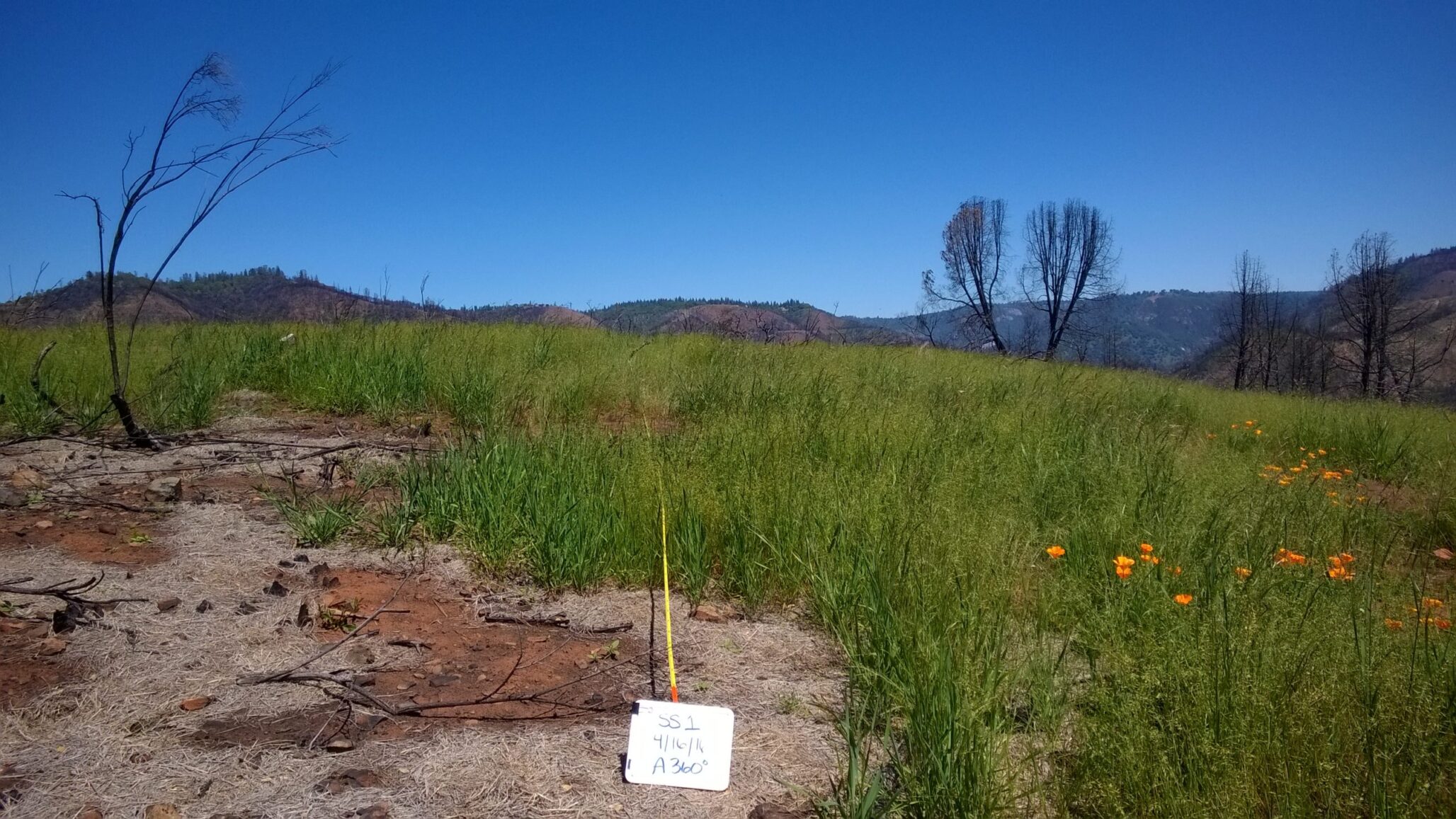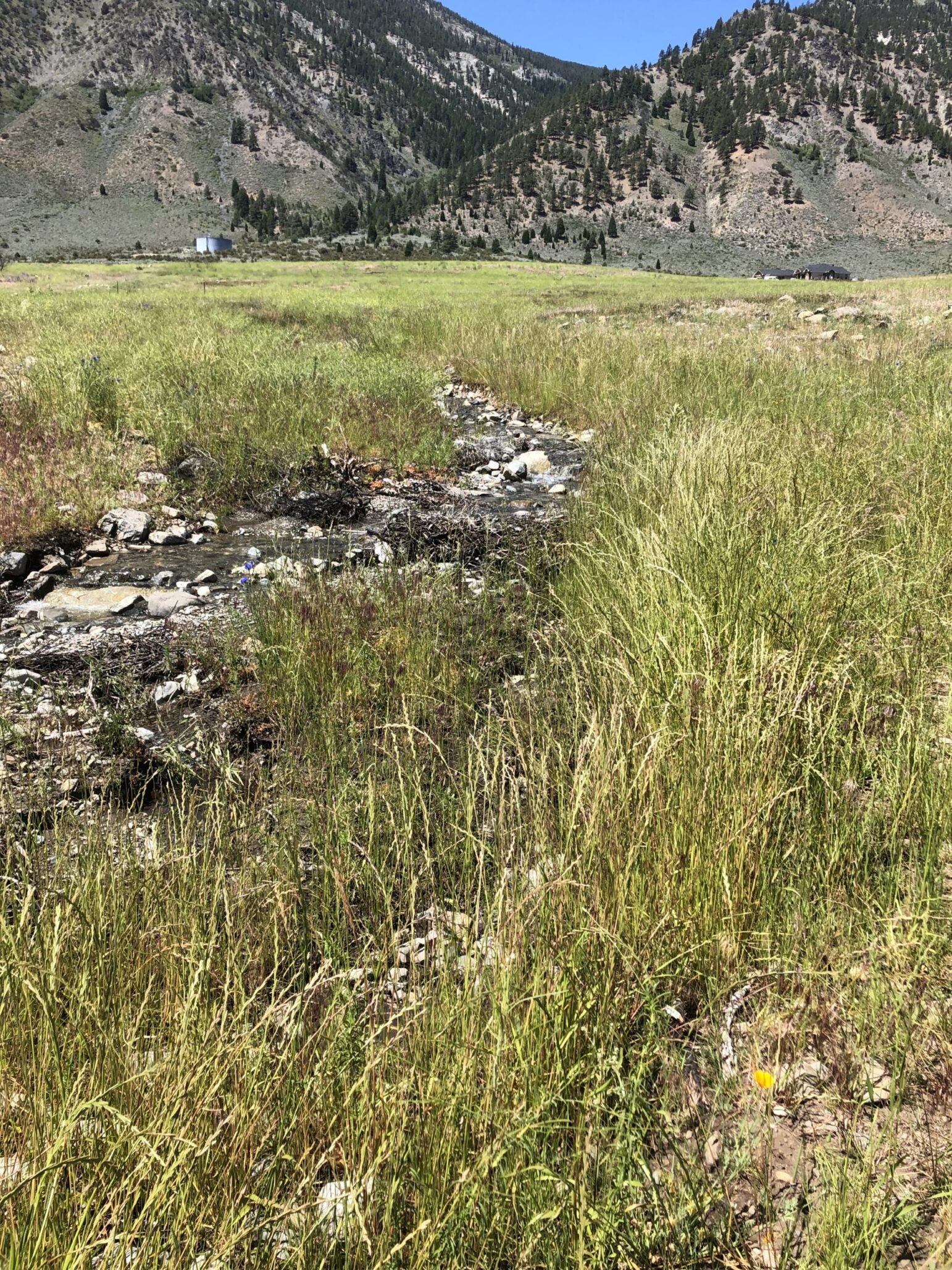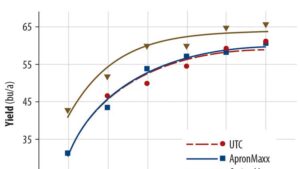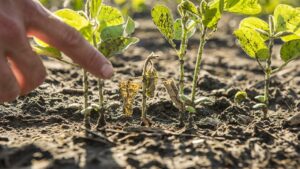If I’ve learned anything from 25 years in the fire reclamation business, it’s that nature doesn’t wait for human schedules. After wildfires roar through, reclamation teams have the best of intentions. However, orchestrating, funding, analyzing, planning and rolling out reclamation work takes time. As seeding, which is usually last on a long list of reclamation tasks, gets pushed back and pushed back, hillsides erode, waters pollute and weeds take hold.
The optimal window for seeding is narrow. In northern California, most native species need to be seeded in the fall or, at latest, by early January. Waiting to seed later into a new year brings greater risk to establishment and success.
The Butte Fire in 2015 proved a perfect case study in the comparison of early seeding, late seeding and no seeding. Following the fire, the East Bay Municipal Utility District voluntarily mobilized a crew to seed and mulch 30 acres as a contribution to their community. This reclamation work was proactively planned and quickly initiated with seeding in October. At the same site, additional acres were seeded in mid-January, and some was not seeded at all.
In year one, the early seeding did well, arresting erosion and protecting waterways. Despite being planted just three months later, the January-planted seeds struggled.
In year two, the later-seeded areas caught up to provide significant cover and biomass, but not soon enough to limit the post-fire impacts of erosion and water population, but soon enough to stay ahead of major weed populations. Meanwhile, the unseeded areas were open to potential weed invasion.
The Western Shasta RCD Carr Fire in 2018 had a slightly different challenge. Seeding was somewhat delayed because getting hold of some homeowners proved immensely difficult. Once seeding started in December, the treatments were applied along strict property ownership lines. This resulted in seeded areas being well covered while unseeded areas – starkly delineated by the property lines – being overrun with weed species: an issue that will likely persist until the next fire event.
Very unfortunately, timely seeding is the exception rather than the rule. Often, huge tracts of land are left unseeded for a year or more, resulting in washouts, loss of soil to erosion, water pollution that decimates fisheries, and – ultimately – take-over by weeds.
I do see solutions.
First, seeding for erosion control, water quality management, and native seed recruitment must be considered an initial emergency priority rather than the last step in a clean-up process. Seeding must occur alongside road-clearing, power line safety and other first steps of recovery, rather than later in the reclamation process. So long as the ground is cool and safe to plant, seeding should occur on nature’s schedule, ie: between September 15th and December 15th immediately following the fire. If additional disturbance happens post-seeding – say, from machinery working at structure clean-up or other tasks – reseeding may be necessary in some areas.
Second, we need to create reclamation systems that proactively clear regulatory and organizational hurdles ahead of fire activity. CalTrans is a role model of exactly this kind of forward thinking. They vet their contractors in advance so they already know exactly who is qualified and available before fire ever sparks. They maintain basic seed prescriptions that they modify for specific areas, and they establish key techniques and priorities. By completing much of the administrative burden in advance, reclamation work is ready to roll smoothly and quickly – literally as soon as a fire burns out.
The window to influence species composition and manage sensitive landscapes is often very, very small. The consequences of not seeding on time are devastatingly high. It’s time to consider post-fire seeding an emergency.

David Gilpin, president and owner, Pacific Coast Seeds
Helped established Pacific Coast Seed, Inc in 1985 and served as its President until 2016.
David now serves as Environmental Seed Manager coordinating wild seed collection crews, provide seeding design and planting treatments and other client services.













